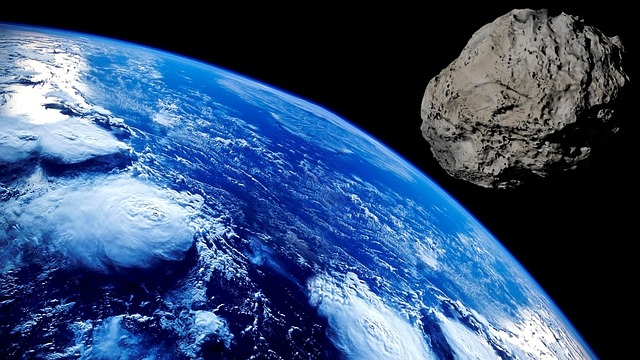
It was in 2017 that astronomers initially spotted Oumuamua, an interstellar object that reached the solar system. Scientists, after making this discovery also revealed that Oumuamua is the first interstellar object that travelled several light years and entered the solar system. However, a new study conducted by Avi Loeb, the chair of astronomy at Harvard University and lead author Amir Siraj, an undergraduate student at Harvard University has found that another interstellar meteorite might have hit the planet, long back in 2014.
During the research, Avi Loeb and Amir Siraj studied data from the Center for Near Earth Object Studies (CNEOS) that track objects which come near the earth. Researchers analyzed the angle of meteors that approached earth for many years and during this phase, they noticed a space body that was spotted over the South Pacific nation of Papua New Guinea in 2014.
Avi Loeb and Amir Siraj noted that the meteor was travelling at a breathtaking speed of 134,000 miles per hour, and the angle in which it approached the earth indicated that it might have come from outside the solar system.
Avi Loeb also suggested that interstellar objects are responsible for spreading life across the universe.
"We can use the atmosphere of the Earth as the detector for these meteors, which are too small to otherwise see. You can imagine that if these meteors were ejected from the habitable zone of a star, they could help transfer life from one planetary system to another," Loeb told Space.com.
Earlier, Avi Loeb had claimed that interstellar asteroid Oumuamua could be an alien probe. As per Loeb, Oumuamua attained mysterious speed during its course, and it is a clear indication of its extraterrestrial origin. However, several space experts criticized the claims made by Loeb, and they made it clear that a natural phenomenon called outgassing is responsible for Oumuamua's sudden change in acceleration.









